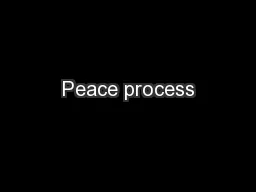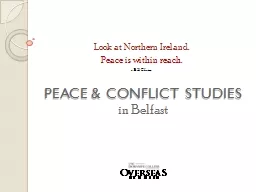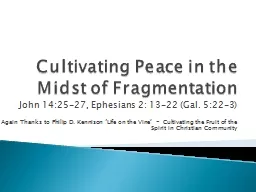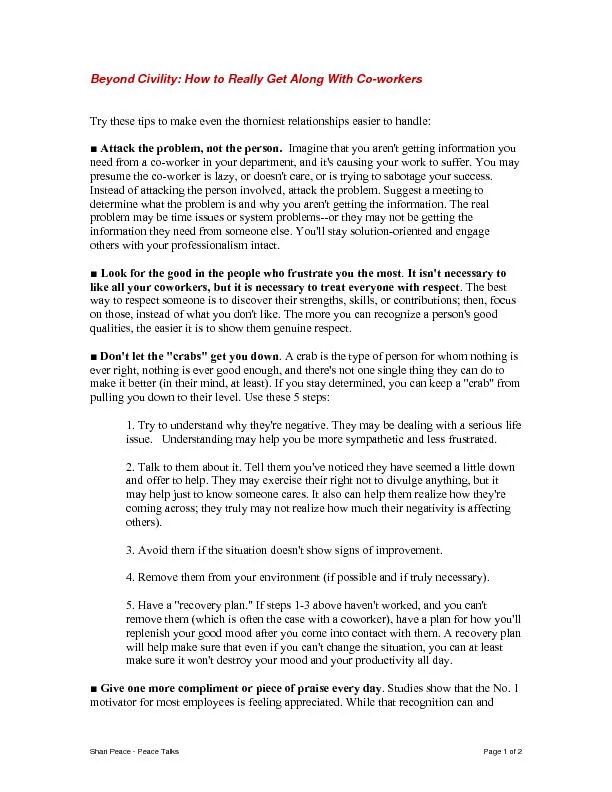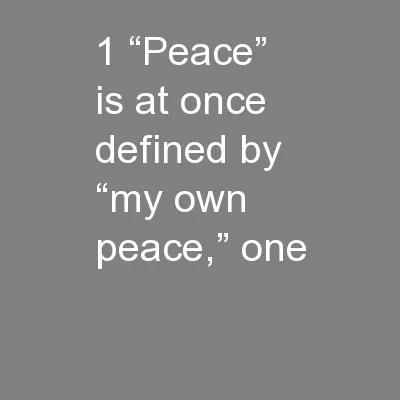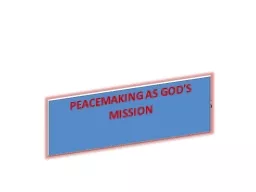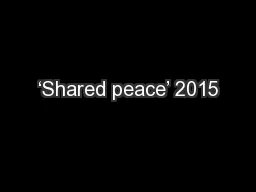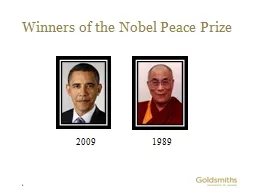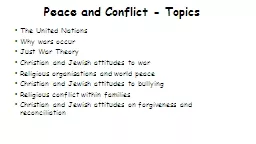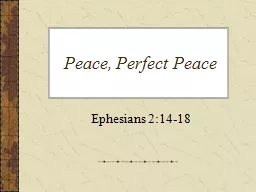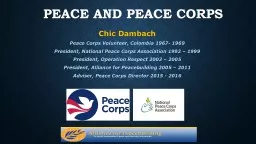PPT-Peace process
Author : tatiana-dople | Published Date : 2016-04-04
Oz Naor Israeli Emissary January 2011 Israels Military Administration of the West Bank and Gaza 19671993 After the 1967 war Israel immediately offered to exchange
Presentation Embed Code
Download Presentation
Download Presentation The PPT/PDF document "Peace process" is the property of its rightful owner. Permission is granted to download and print the materials on this website for personal, non-commercial use only, and to display it on your personal computer provided you do not modify the materials and that you retain all copyright notices contained in the materials. By downloading content from our website, you accept the terms of this agreement.
Peace process: Transcript
Download Rules Of Document
"Peace process"The content belongs to its owner. You may download and print it for personal use, without modification, and keep all copyright notices. By downloading, you agree to these terms.
Related Documents

